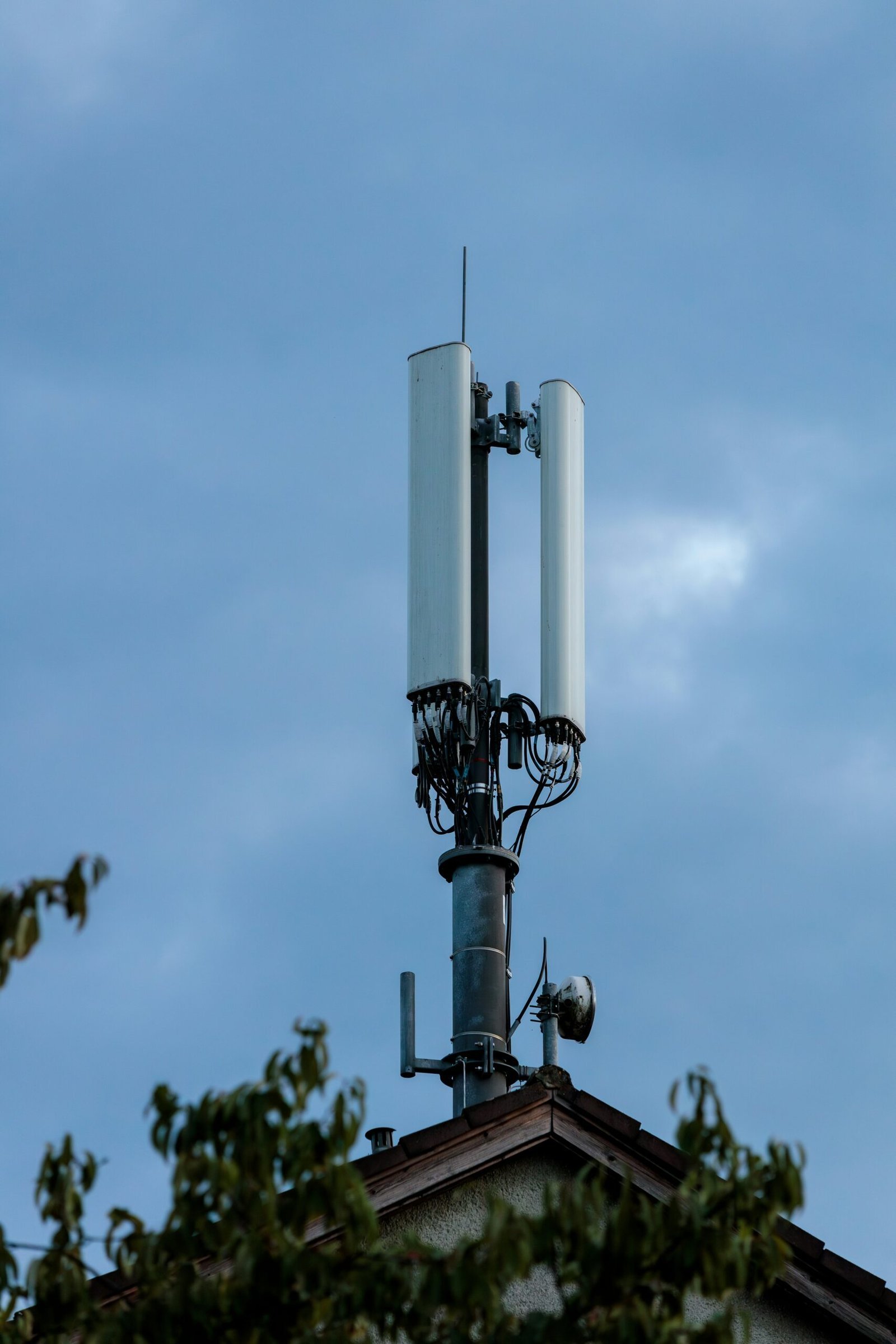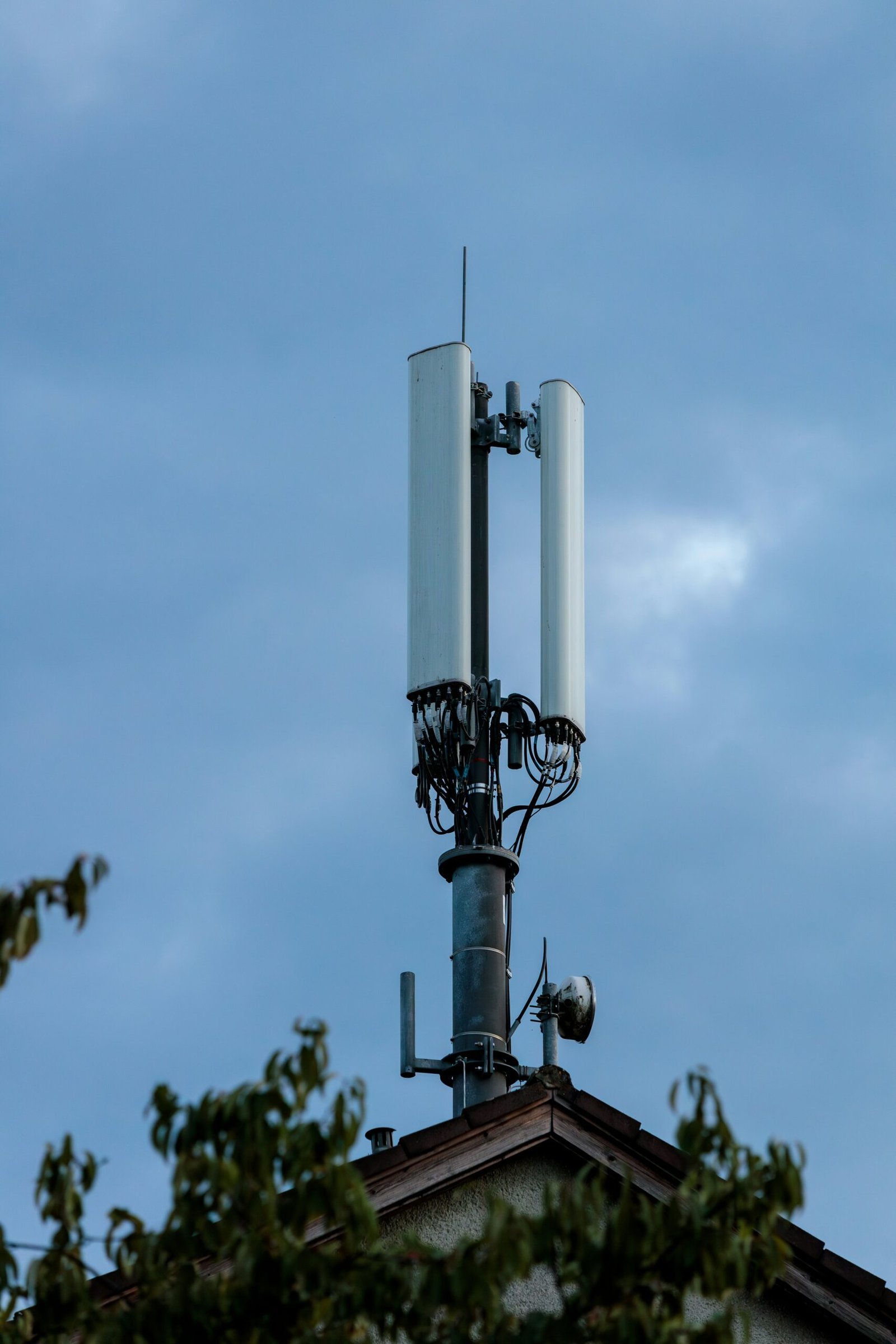
Introduction to the Enchantment of Technology
In the modern world, technology has undeniably become an enchanting force that permeates every aspect of our lives. From the moment we wake up to the sound of a smartphone alarm to the advanced medical technologies that enhance our health, technology is an ever-present companion. Over the past few decades, we have witnessed rapid advancements that have transformed what was once considered mundane into something magical.
The evolution of technology has been nothing short of extraordinary. A few decades ago, the internet was a novel concept, and mobile phones were bulky devices with limited functionality. Today, we live in an era where high-speed internet is a basic necessity, and smartphones are powerful tools that fit in our pockets, capable of performing myriad tasks. These advancements have profoundly impacted various facets of our daily lives, making them more convenient, efficient, and interconnected.
One of the most significant impacts of technology is its ability to connect people across the globe. Social media platforms, instant messaging apps, and video conferencing tools have made it possible to communicate with anyone, anywhere, at any time. This has not only strengthened personal relationships but also revolutionized the way businesses operate, enabling remote work and global collaboration.
Moreover, technology has brought about remarkable changes in the fields of education and healthcare. E-learning platforms and educational apps have made it easier for individuals to access knowledge and acquire new skills, irrespective of their location. In healthcare, advanced diagnostic tools, telemedicine, and wearable health devices have improved patient care and made health monitoring more accessible.
In essence, technology has woven itself into the fabric of our lives, turning everyday experiences into something extraordinary. It has opened up a world of endless possibilities and discoveries, making our lives more magical and filled with wonder. As we continue to innovate and explore new technological frontiers, the enchantment of technology will undoubtedly grow, further transforming our world in unimaginable ways.
The evolution of communication has undergone a radical transformation, thanks to the relentless march of technology. Historically, communication was a slow and laborious process, often dependent on handwritten letters and the invention of the telegraph. Letters, though cherished for their personal touch, took days or even weeks to reach their destination. The telegraph, introduced in the 19th century, was a significant leap forward, enabling messages to be sent over long distances in a matter of hours. However, it was still limited by its reliance on coded messages and specialized operators.
The advent of the telephone marked another milestone, bringing real-time voice communication to the masses. Yet, it was the emergence of the internet in the late 20th century that truly revolutionized how we connect. Email became the new standard for written communication, offering speed and convenience that traditional mail could never match. The rise of mobile technology further accelerated this shift, with smartphones putting the power of instant communication directly into our hands.
Social media platforms have arguably had the most profound impact on communication in recent years. These platforms have created new avenues for personal and professional interactions. Whether it’s sharing life updates with friends and family on Facebook, networking on LinkedIn, or engaging with global audiences on Twitter, social media has reshaped our social fabric. The accessibility and immediacy of these platforms have made it easier to maintain relationships, regardless of geographical barriers.
In the business realm, communication has been transformed by tools like video conferencing and collaborative platforms. Applications such as Zoom, Microsoft Teams, and Slack have made remote work viable and efficient, enabling real-time collaboration across continents. This has not only fostered global business relationships but also contributed to a more flexible and inclusive work environment.
Overall, technology has made communication faster, more efficient, and more inclusive. It has bridged gaps that once seemed insurmountable, creating a world where distance is no longer a barrier to connection. Whether through the nuanced charm of a handwritten letter or the instant gratification of a video call, the journey of communication continues to be driven by technological advancements, making our lives richer and more interconnected.
Healthcare: Technology’s Healing Touch
In the realm of healthcare, technology stands as a transformative force, revolutionizing the way medical care is delivered and experienced. One of the most significant advancements is telemedicine, which enables patients to consult with healthcare providers remotely. This innovation not only increases accessibility for individuals in remote or underserved areas but also offers convenience for those with mobility issues or busy schedules. Patients can receive timely medical advice, prescriptions, and follow-up care without the need for in-person visits, thus broadening the reach of quality healthcare.
Another groundbreaking development is robotic surgery. Utilizing precision and control beyond the capabilities of human hands, robotic systems assist surgeons in performing complex procedures with minimal invasiveness. These technologies result in reduced recovery times, lower risk of infection, and improved surgical outcomes. Robotic surgeries exemplify how technology can enhance the skills of surgeons, leading to better patient experiences and faster healing processes.
Artificial Intelligence (AI) is also making waves in diagnostics. AI-driven algorithms can analyze vast amounts of medical data to identify patterns and detect anomalies that might be imperceptible to human eyes. This capability significantly improves the accuracy and speed of diagnoses, allowing for early intervention and more personalized treatment plans. AI is particularly beneficial in fields such as radiology, pathology, and genomics, where it aids in the early detection of diseases like cancer, thereby improving patient prognosis.
Wearable health devices represent another leap forward in healthcare technology. These gadgets, ranging from fitness trackers to sophisticated monitors, provide real-time data on various health metrics such as heart rate, physical activity, and sleep patterns. Such continuous monitoring empowers individuals to take proactive steps towards their health and enables healthcare providers to track patient progress and adjust treatments accordingly. Wearable devices enhance preventive care, encouraging healthier lifestyles and early detection of potential health issues.
Through these advancements, technology is not only enhancing patient care but also making healthcare more efficient and accessible. The integration of telemedicine, robotic surgeries, AI in diagnostics, and wearable devices signifies a future where medical care is more personalized, precise, and available to all, irrespective of geographical or socioeconomic barriers.
In recent years, technology has revolutionized our living spaces, transforming them into smart homes that offer unprecedented levels of convenience, efficiency, and security. Central to this transformation is the Internet of Things (IoT), a network of interconnected devices that communicate and work together to create a seamless living experience. By integrating everyday appliances, security systems, lighting, and heating, IoT enables homeowners to control and monitor their homes remotely, often through a smartphone or other connected devices.
One of the most significant impacts of IoT in smart homes is the ability to automate routine tasks. For instance, smart thermostats like the Nest Learning Thermostat learn homeowners’ schedules and adjust the temperature accordingly, optimizing energy use and saving on utility bills. Similarly, smart lighting systems, such as Philips Hue, can be programmed to turn on or off based on occupancy, time of day, or even personal preferences, enhancing both convenience and energy efficiency.
Security is another critical aspect where smart homes shine, with IoT-enabled devices offering enhanced protection and peace of mind. Smart security cameras, like the Ring Video Doorbell, allow homeowners to monitor their front doors in real-time, receive alerts, and even communicate with visitors remotely. Additionally, smart locks such as August Smart Lock provide keyless entry, enabling users to lock or unlock their doors from anywhere, granting access to trusted individuals without the need for physical keys.
Beyond convenience and security, IoT also fosters a more integrated and harmonious living environment. For example, smart home hubs like Amazon Echo or Google Home act as central control points, allowing users to manage multiple devices through voice commands. This integration not only simplifies device management but also enhances the overall user experience by creating a connected ecosystem where devices work together seamlessly.
Overall, the advent of smart homes and the Internet of Things is redefining how we interact with our living spaces. By connecting everyday devices and systems, IoT is making our homes smarter, more efficient, and more secure, ultimately enhancing our quality of life in ways that were once unimaginable.
Education and Learning in the Digital Age
In recent years, technology has profoundly transformed the landscape of education, creating new opportunities for learning both inside and outside the classroom. One of the most significant developments is the proliferation of online learning platforms. These platforms, such as Coursera, Khan Academy, and edX, offer a vast array of courses from prestigious institutions, making high-quality education accessible to a global audience. Students can now learn at their own pace, revisiting complex concepts as needed, which fosters a more personalized educational experience.
Virtual classrooms have also become increasingly popular, especially in light of the COVID-19 pandemic. Tools like Zoom, Microsoft Teams, and Google Classroom enable educators to conduct live lectures and interactive sessions, bridging the gap between traditional and remote learning. This shift has cultivated a more flexible learning environment, allowing students to attend classes from anywhere in the world, thereby overcoming geographical barriers.
Moreover, educational apps are revolutionizing the way students engage with their studies. Apps like Duolingo, Photomath, and Quizlet provide interactive and gamified approaches to learning, making it more engaging and enjoyable. These digital tools cater to various learning styles and can adapt to individual student needs, offering personalized feedback and support. The integration of artificial intelligence in these apps further enhances their effectiveness by providing tailored learning experiences based on the user’s performance and progress.
Technology in education not only enhances accessibility and personalization but also promotes collaboration and critical thinking. Online forums, discussion boards, and collaborative projects enable students to work together, share ideas, and develop problem-solving skills. These platforms encourage active participation and peer-to-peer learning, which are essential components of a well-rounded education.
In essence, technology is reshaping the educational landscape by making learning more accessible, personalized, and engaging. As digital tools and platforms continue to evolve, they hold the potential to further enrich the educational experience, preparing students for the challenges and opportunities of the future.
The entertainment industry has experienced a dramatic transformation due to the rapid advancement of technology. Among the most notable innovations are virtual reality (VR) and augmented reality (AR), which have redefined how audiences engage with various forms of media. VR offers an immersive experience by simulating a three-dimensional environment that users can interact with, making the viewer feel as though they are part of the scene. This technology is widely used in gaming, where players can experience lifelike adventures, but it has also found applications in film and virtual concerts, enabling audiences to enjoy events from the comfort of their homes.
Augmented reality, on the other hand, superimposes digital content onto the real world, enhancing the user’s perception and interaction with their surroundings. AR has been successfully integrated into mobile applications and gaming, with popular examples like Pokémon GO captivating millions of users worldwide. Beyond gaming, AR is being utilized in live events and marketing campaigns, providing an interactive layer that enriches the user experience.
Streaming services have also revolutionized the way we consume entertainment. Platforms such as Netflix, Hulu, and Disney+ offer on-demand access to a vast library of movies, TV shows, and documentaries, eliminating the need for traditional broadcast schedules. This shift has not only democratized content consumption, making it accessible to a broader audience, but it has also sparked a surge in original programming, as streaming giants invest heavily in producing exclusive content to attract subscribers.
Moreover, live streaming has gained popularity, allowing users to broadcast and watch events in real-time. This technology has been particularly impactful in the realm of social media, where platforms like YouTube, Twitch, and Instagram Live enable content creators to engage with their audiences instantly. The immediacy and interactivity of live streaming have opened new avenues for content creation and audience engagement, fostering a more dynamic and participatory entertainment landscape.
In essence, the integration of VR, AR, and streaming services has not only enhanced the quality and accessibility of entertainment but has also paved the way for new forms of storytelling and audience interaction, making the industry more vibrant and diverse than ever before.
The Future of Work: Automation and Artificial Intelligence
The advent of automation and artificial intelligence (AI) has profoundly reshaped the modern workplace. As these technologies advance, they bring both opportunities and challenges, fundamentally transforming various industries. Automation, coupled with AI and machine learning, is optimizing efficiency, increasing productivity, and enabling innovation in unprecedented ways.
Automation streamlines repetitive tasks, allowing human workers to focus on more complex and creative endeavors. For example, in manufacturing, robots and automated systems handle assembly lines with precision and speed, reducing human error and increasing output. In the service sector, AI-powered chatbots and virtual assistants manage customer inquiries, providing quick and accurate responses while freeing employees to tackle more nuanced issues.
Artificial intelligence, with its capability to analyze vast amounts of data, is revolutionizing decision-making processes. Machine learning algorithms can predict market trends, personalize customer experiences, and detect anomalies in real-time, thereby enhancing business strategies. Industries such as healthcare, finance, and retail are leveraging AI to improve diagnostics, optimize investment portfolios, and refine supply chain management.
However, the integration of these technologies also presents significant challenges. Job displacement is a critical concern as automation and AI systems replace traditional roles. Tasks that once required human intervention are now performed by machines, leading to a shift in the workforce landscape. This displacement necessitates a reevaluation of skill sets, emphasizing the importance of digital literacy and continuous learning. Workers must adapt by acquiring new skills in areas such as data analysis, machine learning, and technology management to remain relevant in the evolving job market.
Furthermore, ethical considerations regarding AI and automation are paramount. Ensuring transparency, fairness, and accountability in AI decision-making processes is essential to prevent biases and protect privacy. Policymakers and industry leaders must collaborate to create frameworks that address these ethical concerns while promoting innovation.
In essence, while automation and AI present transformative opportunities, they also pose significant challenges that must be navigated thoughtfully. By embracing these technologies and fostering a culture of adaptability, the workforce can harness the enchanting potential of technology, paving the way for a future filled with endless wonders and discoveries.
Sustainability and Technology: A Greener Tomorrow
Technology stands at the forefront of our collective journey toward a more sustainable future. The rapid advancements in renewable energy sources, such as solar, wind, and hydroelectric power, showcase the potential of technology to revolutionize our energy landscape. Innovations in solar panel efficiency and battery storage systems are making it increasingly feasible for households and businesses to rely entirely on renewable energy, thereby reducing our dependence on fossil fuels and diminishing carbon footprints.
Smart grids exemplify how technology can enhance energy efficiency and reliability. These advanced systems integrate digital communication technologies to monitor and manage the distribution of electricity more effectively. By optimizing energy usage and facilitating the integration of renewable energy sources, smart grids help to minimize energy waste and ensure that power is available when and where it is needed most. This not only conserves resources but also supports a more resilient and adaptable energy infrastructure.
In the realm of transportation, technology is paving the way for a greener tomorrow through the development and proliferation of electric and hybrid vehicles. These innovations are reducing greenhouse gas emissions and decreasing our reliance on fossil fuels. Additionally, advancements in public transportation systems, such as high-speed trains and electric buses, are providing more sustainable and efficient alternatives to traditional modes of travel. The integration of smart technologies in transportation, including real-time data tracking and autonomous vehicles, further enhances the efficiency and sustainability of our transit systems.
Moreover, technology plays a vital role in promoting environmental stewardship by enabling better resource management and conservation. Precision agriculture, powered by Internet of Things (IoT) devices and data analytics, allows farmers to optimize water usage, reduce chemical inputs, and enhance crop yields with minimal environmental impact. Similarly, smart water management systems monitor and control water distribution, reducing waste and ensuring the sustainable use of this precious resource.
Through these various innovations, technology is not only addressing the immediate challenges of sustainability but also laying the groundwork for a greener, more sustainable future. By continuing to invest in and develop sustainable technologies, we can significantly mitigate the adverse impacts of human activities on the environment and foster a more harmonious relationship with our planet.




